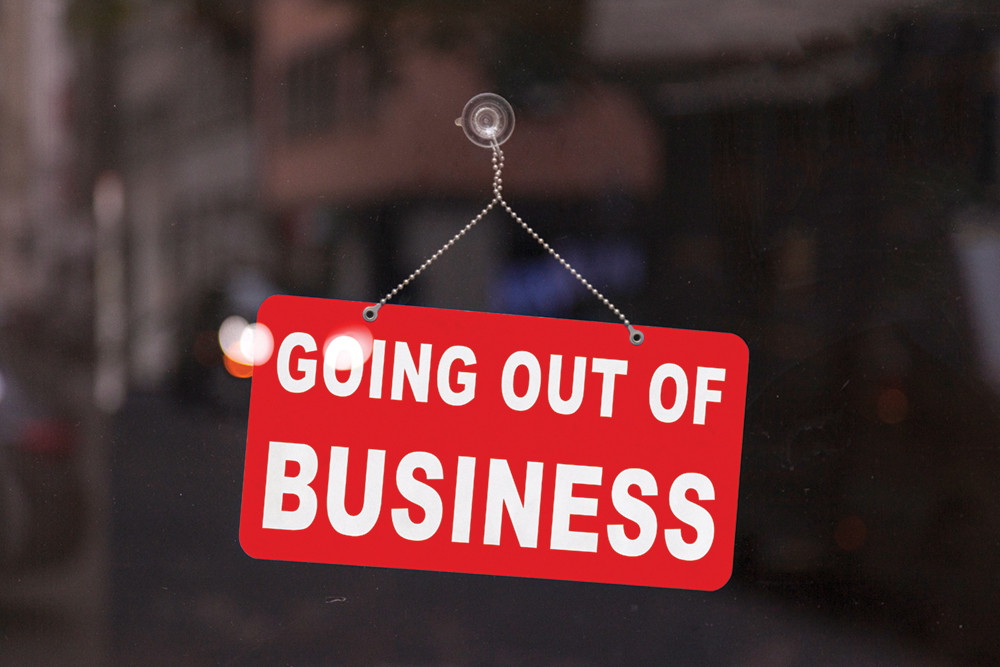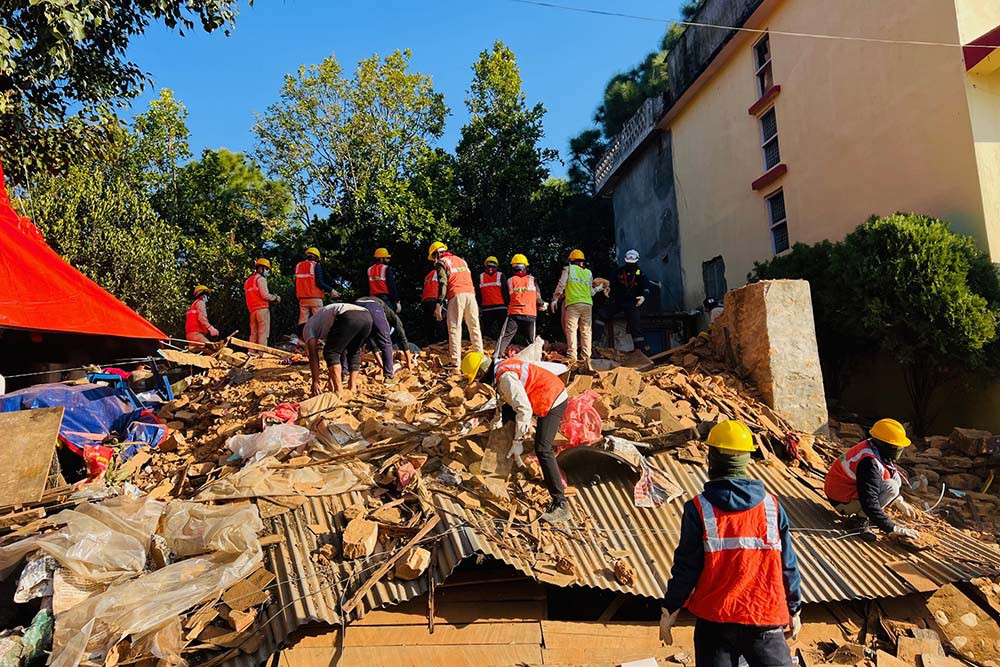
By Dibesh Dangol
In the past, Nepalis hesitated to buying an electric vehicle (EV) under the pretext of loadshedding among other hesitations. But, since the problem is likely solved, could this be the right time to own an EV?
“Electric vehicles are cleaner, greener and quieter alternative vehicle which are also money saving and cheaper in the long run,” says Sahil Shrestha, Marketing Executive at Cimex Inc, authorised dealer of BYD. Moreover, Nepal has a comparative advantage in terms of production of hydroelectricity and since there are many new hydroelectricity projects coming in the near future, EVs have a huge potential to replace fossil fuel vehicles in Nepal in the coming days.
It’s said that EVs are the future of transportation and looking at the current context, it is becoming a reality. Umesh Raj Shrestha, President of Electric Vehicle Association Nepal (EVAN) says, “While looking at the global scenario, many business organisations, non-profit organisations and economies are gradually pushing for this perception.” He also emphasised the fact that almost all automobile companies are spending millions in their research and development on electric vehicle technology. Whether it is a hatchback, sedan or SUV, all forms of vehicles are coming out in electric designs. Moreover, public transportation like buses have also gone electric in foreign countries.
Experts speculate that maybe it’s time that both government and people realise the importance and join the global trend of adopting EVs to keep up with the rest of the world. So, the question is why are people in Nepal not going electric?
“There are many reasons behind people not opting for an EV,” says Umesh Shrestha. He stated that the main reason is the initial cost of EVs. Although EVs are money-friendly after purchase, Nepalis look at the initial price.This is why although people know EVs are good for the environment, they do not choose them. According to Surendra Manandhar, Managing Director of Asta Auto (Vmoto Nepal), the infrastructure that are needed for the smooth operation of EVs are very limited not just in Kathmandu but all over Nepal. We need charging stations in multiple places if EV is to be made the future of transportation in Nepal. Sahil Shrestha also feels that Nepalis are still worried about the comeback of loadshedding. Maaz Ashraf, Sales and Marketing Manager, Eco Infinity Pvt. Ltd. (NIU Nepal) thinks that the negativity of the past still haunts the electric vehicle industry in Nepal. In the past, there was no proper availability of parts and after sales services. Moreover, people still think the same and are afraid to go for EVs. Another valid reason is that people find it more convenient to fill up tanks in Internal Combustion Engine (ICE) run vehicles than charging an EV.
The concept of EVs isn’t new in Nepal. In 1975, electric trolleybuses used to carry passengers from Tripureshwor to Surya Binayak until they were officially shutdown in 2009 having gone bankrupt due to inefficient management, corruption, low revenue collection and political interference.
Since 1996, battery-operated white tempos, popularly known as Safa tempos, had become an integral part of Kathmandu’s public transportation system. But although there are tempos that are run on LPG gas at present, the electric tempos aren’t seen much due to government’s ban on public vehicles that are 20 years old. Otherwise, there are e-rickshaws that are substituting pedal-run and ICE vehicles.
It is not that the current government is not giving any impetus to promote EVs. In 2016, the government did reduce taxes on EVs between 30-35% while taxes of ICE four-wheelers were 246%. The current custom tariff on import of EV is just 10% for individual purpose and 1% for vehicles to be used as public transportation. Still a lot can be done. To begin with, the government can build or help companies build charging stations. Nepal Electricity Authority (NEA) has taken a positive step towards promoting use of EVs in Nepal by installing charging stations in five locations inside Kathmandu Valley in collaboration with BYD. In addition, the government can also take decisions on a broader level so that there is a bigger impact in shorter time. One such step can be the government promoting EVs by implementing electric buses as public transportation. Since the current scenario of public vehicles is going from bad to worse, nationwide development of a fully functional EV infrastructure should be a top priority of the government.





